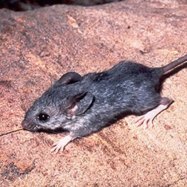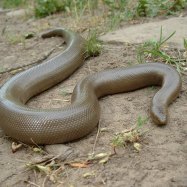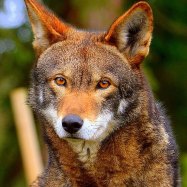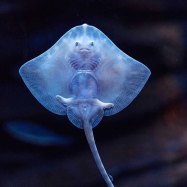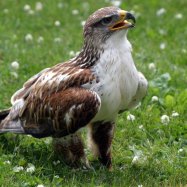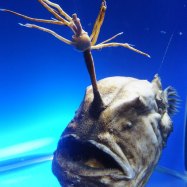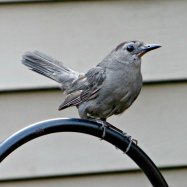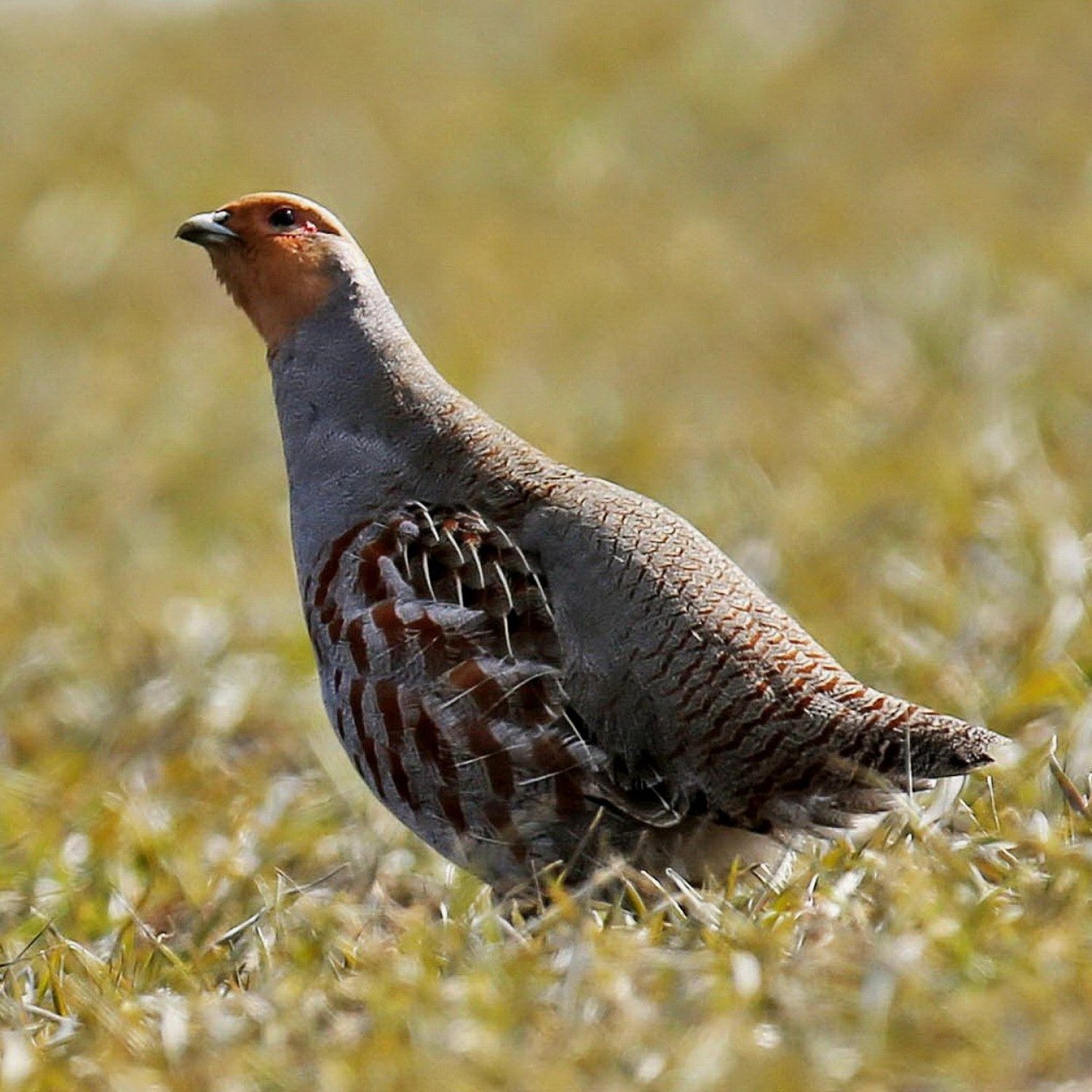
Partridge
30-40 cm
The Partridge is a well-known bird species found in Europe, with a stocky body, rounded wings, and a short tail. Belonging to the Phasianidae family, these birds are typically 30-40 cm in length and can be spotted in various regions across Europe.
Animal Details Summary:
Common Name: Partridge
Kingdom: Animalia
Habitat: Grasslands, farmlands, and open woodlands
The Mighty Partridge: A Quintessential European Bird
Imagine walking through a picturesque landscape of rolling hills, vast fields of wildflowers, and scattered clusters of trees. As you take in the stunning scenery, a small bird suddenly appears, scurrying through the grass and into the underbrush. With its plump body, intricate patterns, and distinct calls, you have just encountered a partridge, one of the quintessential birds of Europe. The partridge, scientifically known as Perdix perdix, has long been a symbol of not just European heritage but also resilience and adaptability Partridge. In this article, we will delve into the fascinating world of partridges, exploring their characteristics, habitat, behavior, and significance to the ecosystem.Classification and Habitat
Partridges, like all living organisms, have a specific classification that helps us understand their place in the animal kingdom. They belong to the phylum Chordata, meaning they have a backbone, and the class Aves, comprising all bird species. Furthermore, partridges fall under the order Galliformes, which includes other gamebirds such as pheasants and quail. Within Galliformes, they are part of the family Phasianidae, which comprises over 170 species of birds. The partridge's scientific name, Perdix perdix, is derived from the Greek word "perdix," meaning "partridge."
Partridges are primarily found in Europe and parts of Asia, with their exact geographical distribution stretching from the United Kingdom to China. In Europe, they can be found in various regions, including the United Kingdom, Spain, Italy, and Greece, among others. Their habitat is diverse, but they tend to inhabit grasslands, farmlands, and open woodlands Pika. These birds are ground-dwellers, meaning they spend most of their time on the ground, and hence their preferred habitats provide ample cover and food sources.
Appearance and Adaptations
One of the first things that come to mind when thinking of partridges is their distinct appearance, and for good reason. These birds have a stocky build, with a plump body, rounded wings, and a short tail. They are medium-sized, with an average length of 30-40 cm and a wingspan of 47-55 cm. Their body shape and size allow them to navigate their preferred habitat with ease, while their short, rounded wings are perfect for taking off and landing in wooded areas.
Partridges are also known for their intricate and varied coloration. While the specific coloration varies depending on the species, most partridges have a mix of brown and gray feathers, with intricate patterns of stripes and spots. This coloring allows them to blend into the grass and underbrush, providing them with camouflage from predators.
Another notable adaptation of partridges is their omnivorous diet. These birds are opportunistic feeders, meaning they will eat whatever food source is available. Their diet includes a mix of seeds, fruits, insects, and small invertebrates. This ability to adapt their diet to the available resources ensures the survival of partridges, even in harsh environmental conditions.
Behavior and Communication
Partridges are generally solitary birds, preferring to spend their time alone. However, during the breeding season, they form pairs and maintain a monogamous relationship for the season. Breeding typically occurs between March and September, with the female laying 8-20 eggs in a shallow ground nest. The female is responsible for incubating the eggs while the male guards the territory and fends off potential predators.
Apart from their breeding behavior, partridges are also known for their distinct calls. These ground-dwelling birds have a variety of vocalizations, ranging from a low, whirring sound to a loud, high-pitched alarm call. These calls serve as a means of communication between mates, warning of potential threats, and establishing dominance among male partridges.
Ecological Role
Partridges play a crucial role in maintaining the balance of ecosystems in Europe. As ground-dwelling birds, they help to control the population of small invertebrates, insects, and weeds, contributing to the overall health of the ecosystem. Their feeding habits also help to disperse seeds, which aids in the growth and regeneration of plants and trees.
Furthermore, the presence of partridges in various habitats serves as an indicator of the ecosystem's health. As sensitive indicators of environmental changes, their population and behavior can help scientists identify potential threats to the environment and take necessary conservation measures.
Cultural Significance
Partridges also hold a significant cultural significance in Europe. These birds have been featured in various European folktales, songs, and artworks, symbolizing resilience, wisdom, and adaptability. In Greek mythology, the partridge was associated with the goddess Athena, representing wisdom and intelligence. In traditional European cuisine, partridges are considered a delicacy, with their meat being used in various dishes and game hunting remaining a popular pastime in many European countries.
Moreover, the partridge's association with winter and Christmas is well-known, making it a prominent feature in holiday decorations and celebrations in many European countries. In England, the partridge is the first of the twelve gifts given in the popular Christmas carol, "The Twelve Days of Christmas."
Conservation Status and Threats
Despite their cultural and ecological significance, partridges are facing several threats to their population. The loss and degradation of their preferred habitats due to urbanization, agriculture, and climate change have led to a decline in their population. In some European countries, excessive hunting has also contributed to the decline of partridge populations. The Red List of Threatened Species categorizes some partridge species, such as the grey partridge, as "near threatened."
To address these threats, several conservation measures have been implemented, including the creation of protected areas, habitat restoration, and breeding programs. Additionally, efforts are being made to promote sustainable hunting practices and educate the public about the importance of preserving these birds and their habitats.
In a Nutshell
The partridge is more than just a bird; it is an embodiment of Europe's diverse landscape, culture, and heritage. From its humble beginnings as a chick to its resilient adaptation to various environments, this iconic bird has captured the hearts of many, standing the test of time. As we continue to strive towards preserving our natural world, may the mighty partridge continue to thrive in our European landscapes, serving as a reminder of the delicate balance between humans and nature.

Partridge
Animal Details Partridge - Scientific Name: Perdix perdix
- Category: Animals P
- Scientific Name: Perdix perdix
- Common Name: Partridge
- Kingdom: Animalia
- Phylum: Chordata
- Class: Aves
- Order: Galliformes
- Family: Phasianidae
- Habitat: Grasslands, farmlands, and open woodlands
- Feeding Method: Omnivorous
- Geographical Distribution: Europe and parts of Asia
- Country of Origin: Europe
- Location: Various regions within Europe
- Animal Coloration: Varies depending on the species, but commonly brown and gray with intricate patterns
- Body Shape: Stocky with rounded wings and a short tail
- Length: 30-40 cm
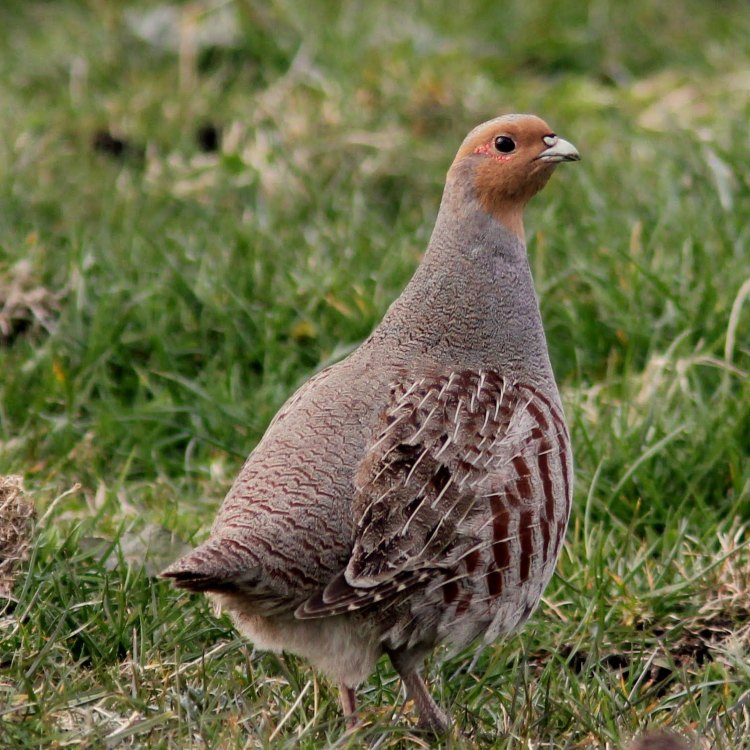
Partridge
- Adult Size: Medium-sized bird
- Average Lifespan: 1-3 years
- Reproduction: Sexual reproduction
- Reproductive Behavior: Mating season occurs in spring, males perform courtship displays
- Sound or Call: Distinctive call characterized by a repeated 'kurr-ick, kurr-ick' sound
- Migration Pattern: Some populations are migratory, others are sedentary
- Social Groups: Can be found in small groups called coveys
- Behavior: Ground-dwelling bird, spends most of its time on the ground
- Threats: Habitat loss, hunting, predation
- Conservation Status: Least Concern
- Impact on Ecosystem: They help control insect populations and disperse seeds
- Human Use: Hunting, food source
- Distinctive Features: Distinctive facial profile with a small beak and round body shape
- Interesting Facts: Partridges are known for their explosive takeoff when startled
- Predator: Foxes, birds of prey, and humans
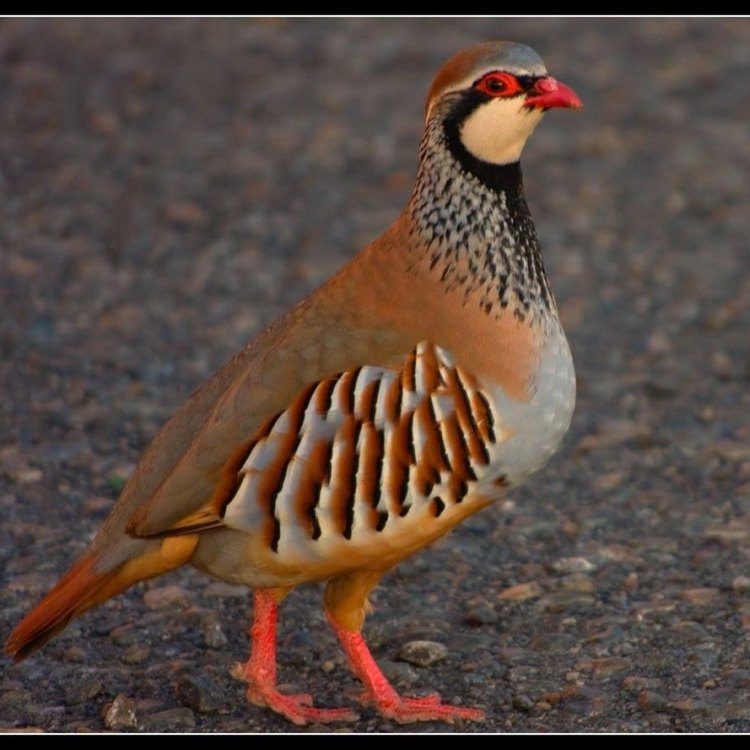
Perdix perdix
The Fascinating World of Partridges: From Courtship Displays to Ecosystem Maintenance
In the vast and diverse world of birds, one species stands out for its unique features and behavior – the partridge. This medium-sized bird, with its distinct call and explosive takeoff, has captured the attention of humans for centuries. From being a source of food to playing a crucial role in ecosystem maintenance, the partridge has established itself as an integral part of our natural world.To truly understand and appreciate this fascinating bird, we must dive deep into its characteristics, behavior, and impact on the ecosystem PeaceOfAnimals.Com. So, let’s take a closer look at the world of partridges and unravel the secrets of this intriguing bird.
The Basics of Partridges
The partridge belongs to the Phasianidae family, which also includes pheasants, quails, and chickens. There are about 50 species of partridges spread across Europe, Asia, and parts of Africa. These birds are medium-sized, typically measuring 25-30 cm in length and weighing around 400-600 grams.Lifespan and Reproduction
On average, partridges have a lifespan of 1-3 years in the wild. However, in captivity, they can live up to 10 years. These birds reach reproductive maturity at around 9-10 months of age. Like most birds, they reproduce through sexual reproduction, where a male and female partridge mate to produce offspring.Spring is the Season of Love
Partridges are known for their fascinating reproductive behavior, especially during the spring mating season Painted Turtle. Males perform elaborate courtship displays to attract females and establish dominance. This involves fluffing their feathers, raising their tails, and making distinctive calls to impress the females.Interestingly, courtship displays are not restricted to just male-female interactions; males may also perform displays to assert dominance over other males. These displays are essential in establishing breeding territories and securing mates.
Distinctive Calls and Sounds
One of the most iconic features of partridges is their distinctive call. These birds have a unique call characterized by a repeated 'kurr-ick, kurr-ick' sound, which serves multiple purposes. It is used to establish territory, attract mates, and alert the group of potential dangers.Partridge calls can be heard throughout the day, but they are most vocal in the early morning and evening, especially during the breeding season.
Migration Patterns and Social Behavior
Partridges are found in various habitats, ranging from grasslands and woodlands to agricultural fields. Some populations are migratory, while others are sedentary and stay in one place all year round.These birds can be found in small groups called coveys, which consist of a breeding couple and their offspring. Coveys may also include non-breeding individuals that assist in rearing the young.
Ground-Dwelling Birds
Partridges are primarily ground-dwelling birds and spend most of their time on the ground foraging for food, which consists of plants, seeds, and insects. They have adapted well to their terrestrial lifestyle, with strong legs and sharp claws for scratching around in the soil for food.These birds are also well-known for their distinct facial profile, with a small beak and a round body shape. These features allow them to blend in with their surroundings and stay hidden from potential predators.
Threats and Conservation Status
Like many other species, partridges face numerous threats, with habitat loss being the most significant. The conversion of natural habitats into agricultural land has significantly reduced their population and range.Hunting and predation, both by humans and other animals, also pose a threat to the survival of these birds. As a result, some species of partridges are listed as vulnerable or endangered, while others are considered least concern.
Efforts are being made to conserve these birds and their habitats, such as implementing sustainable farming practices and creating protected areas. However, more needs to be done to ensure their survival in the long term.
The Partridge’s Significant Role in the Ecosystem
Despite their small size, partridges play a crucial role in the ecosystem. They act as an essential link in the food chain, controlling insect populations and dispersing seeds through their foraging behavior.These birds also help maintain the health of the soil by scratching and aerating the ground while searching for food. This not only aids in the growth of plants but also helps in the decomposition of organic matter, making vital nutrients available for other organisms.
Moreover, as migratory birds, partridges also serve as indicators of the health of the habitats they traverse. Their presence or absence can signal changes in the environment, making them crucial for monitoring the state of our ecosystems.
Partridges and Their Impact on Human Life
Partridges have been a part of human culture for centuries, with a deep connection to food and hunting. These birds were often hunted for their tasty meat, and their feathers were used for decorative purposes.In some cultures, the partridge is also considered a symbol of luck, love, and fertility. It has been featured in various folklore, poems, and songs, further cementing its place in human society.
Despite being a source of food and inspiration, partridges are facing numerous challenges from human activities. It is essential for us to recognize their value and take steps towards conservation to ensure their survival for generations to come.
The Graceful Partridge – A Marvel of Nature’s Creation
The partridge may seem like a simple bird at first glance, but upon closer inspection, you will realize just how unique and complex these creatures are. From their distinct behavior and calls to their crucial role in maintaining the balance of our ecosystems, these birds are truly exceptional.It is our responsibility to protect and conserve these birds, not just for their sake but also for the sake of our planet. Every organism has a role to play, and the graceful partridge is no exception. So, let us appreciate and celebrate these birds, and take action to preserve their existence.
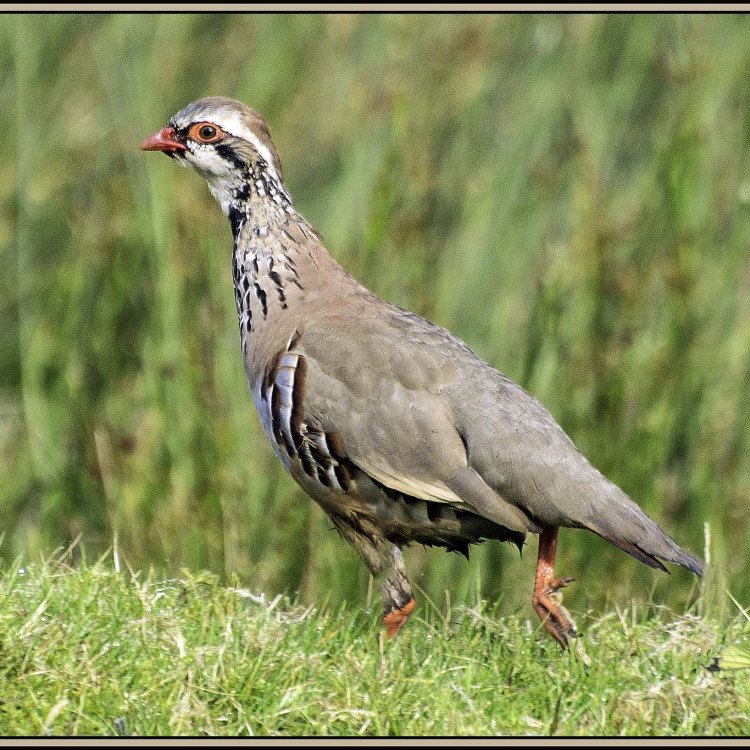
The Mighty Partridge: A Quintessential European Bird
Disclaimer: The content provided is for informational purposes only. We cannot guarantee the accuracy of the information on this page 100%. All information provided here may change without prior notice.


